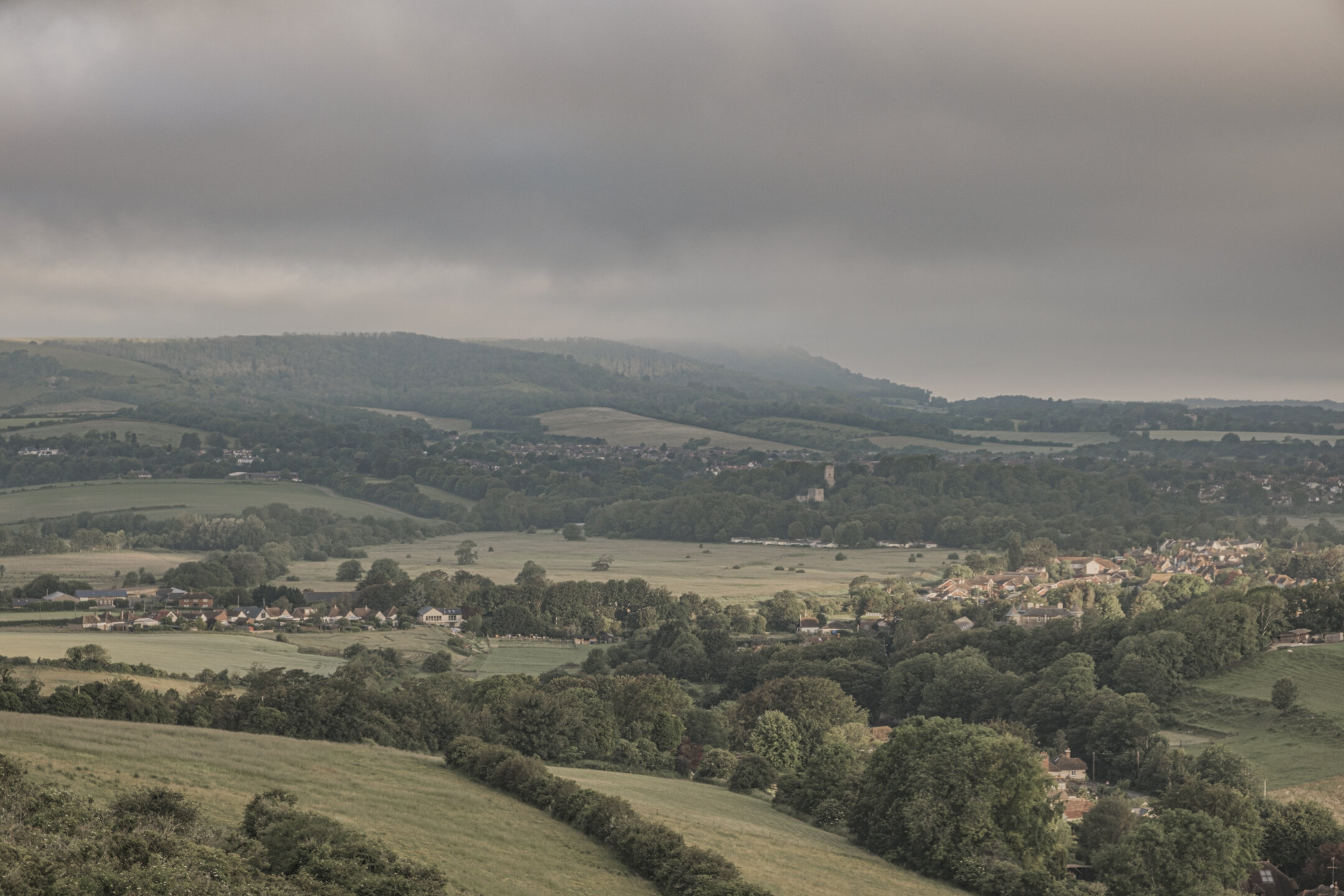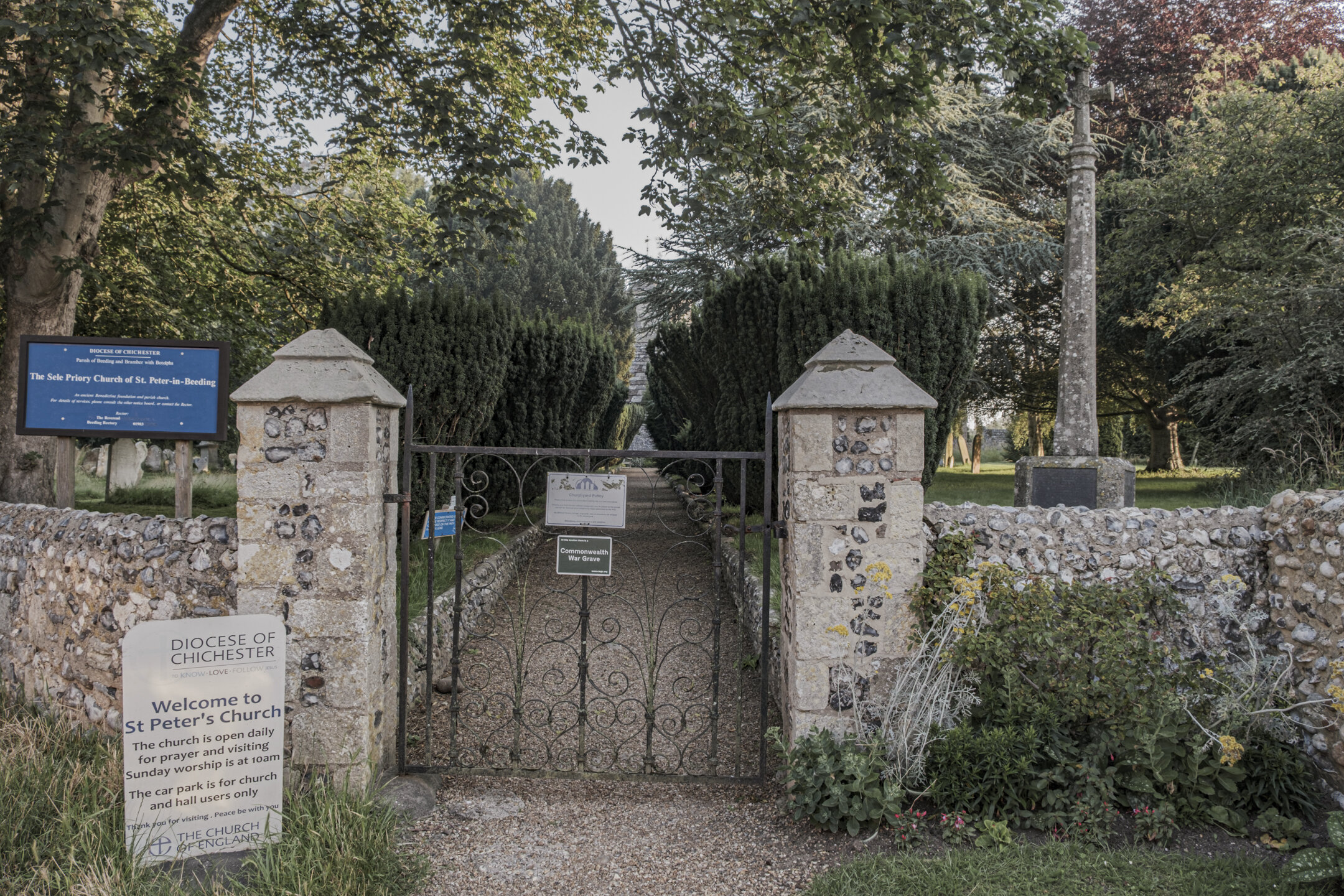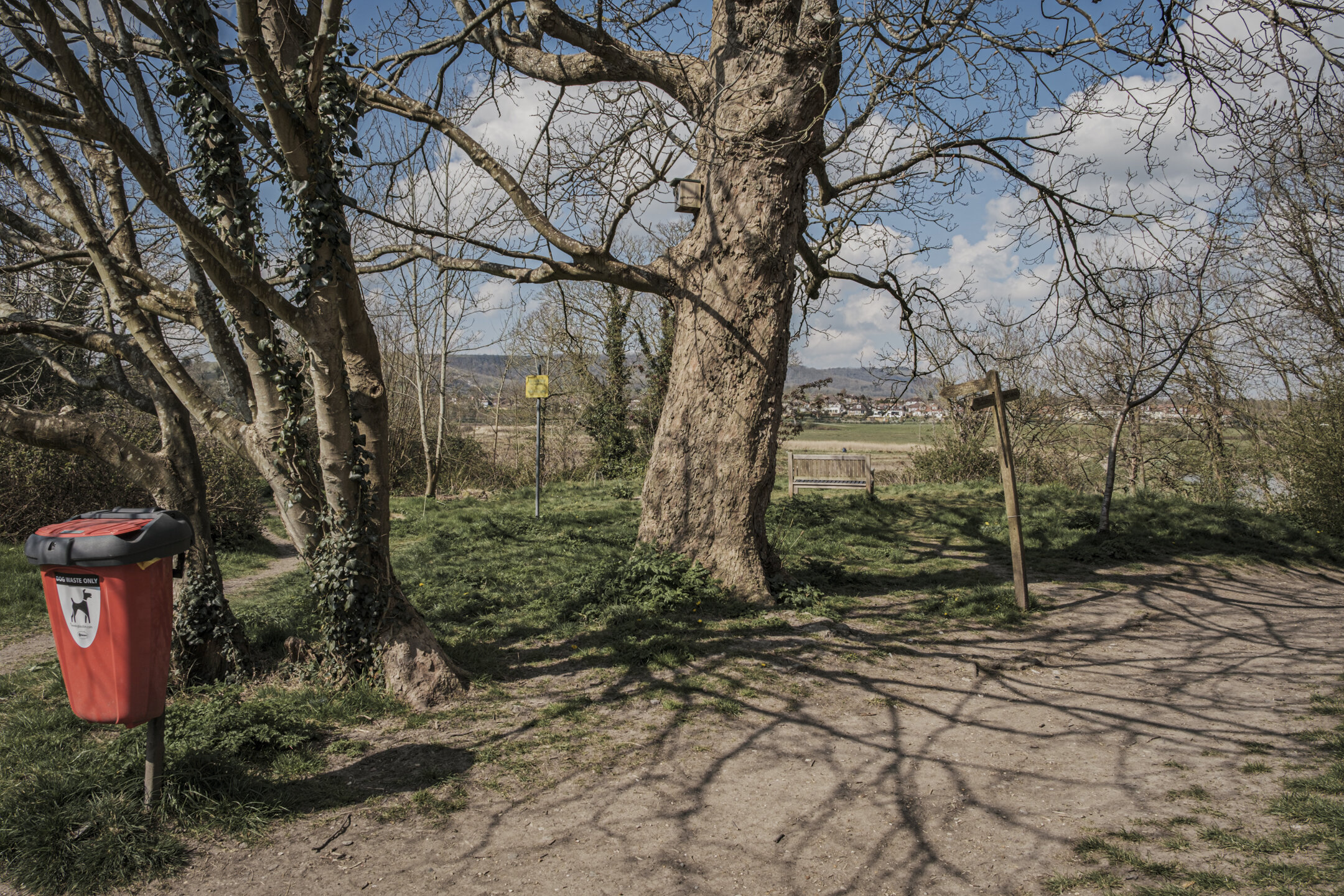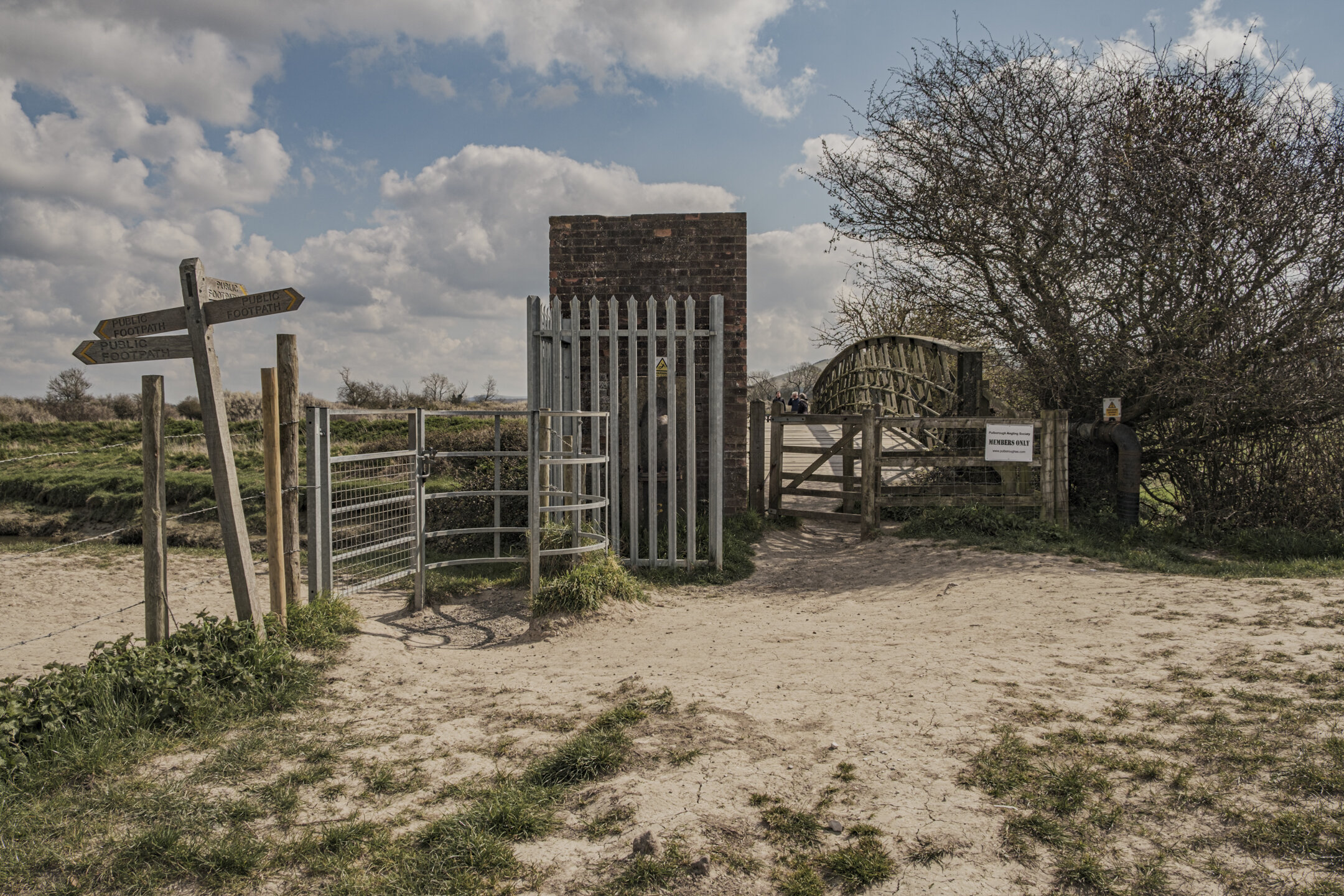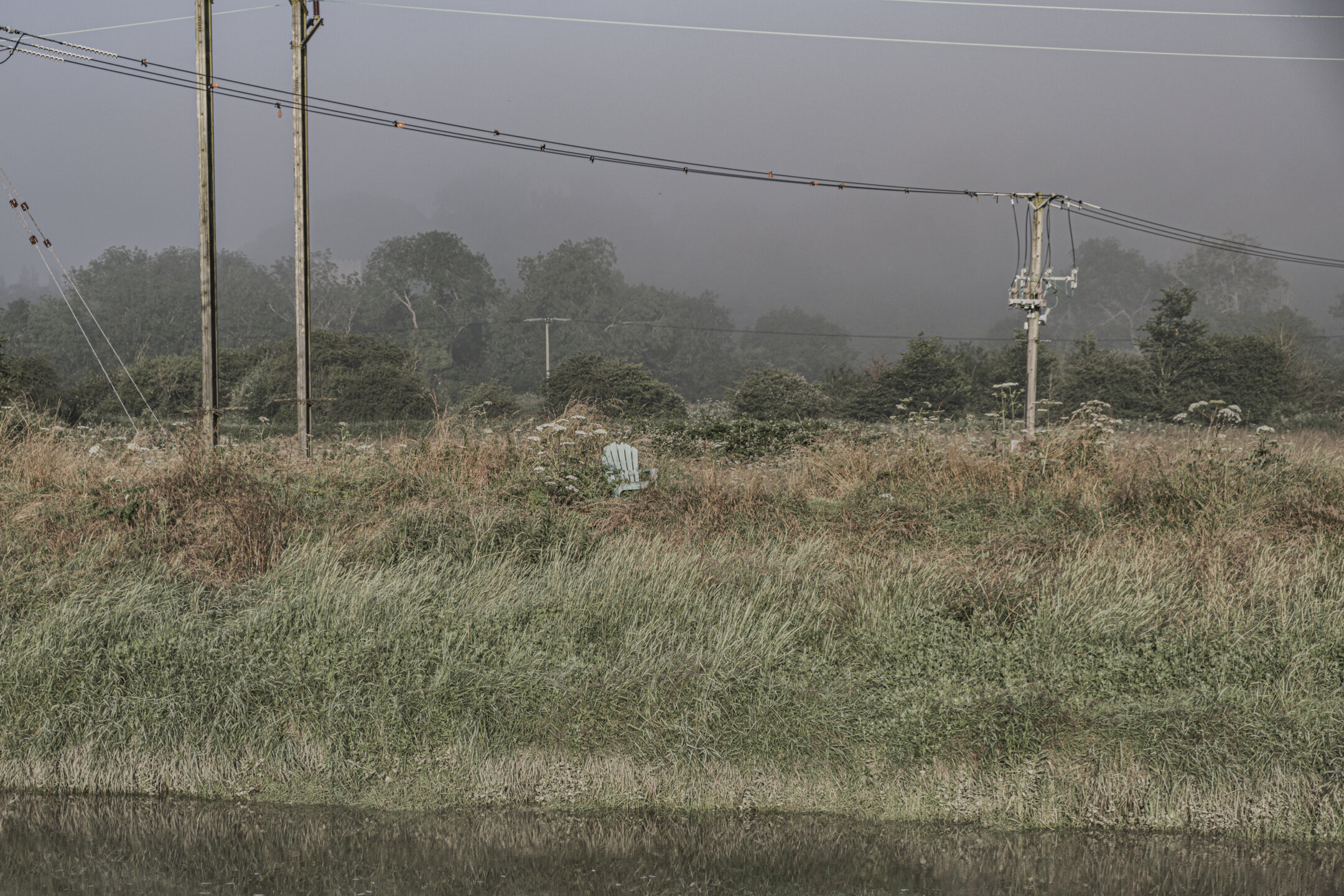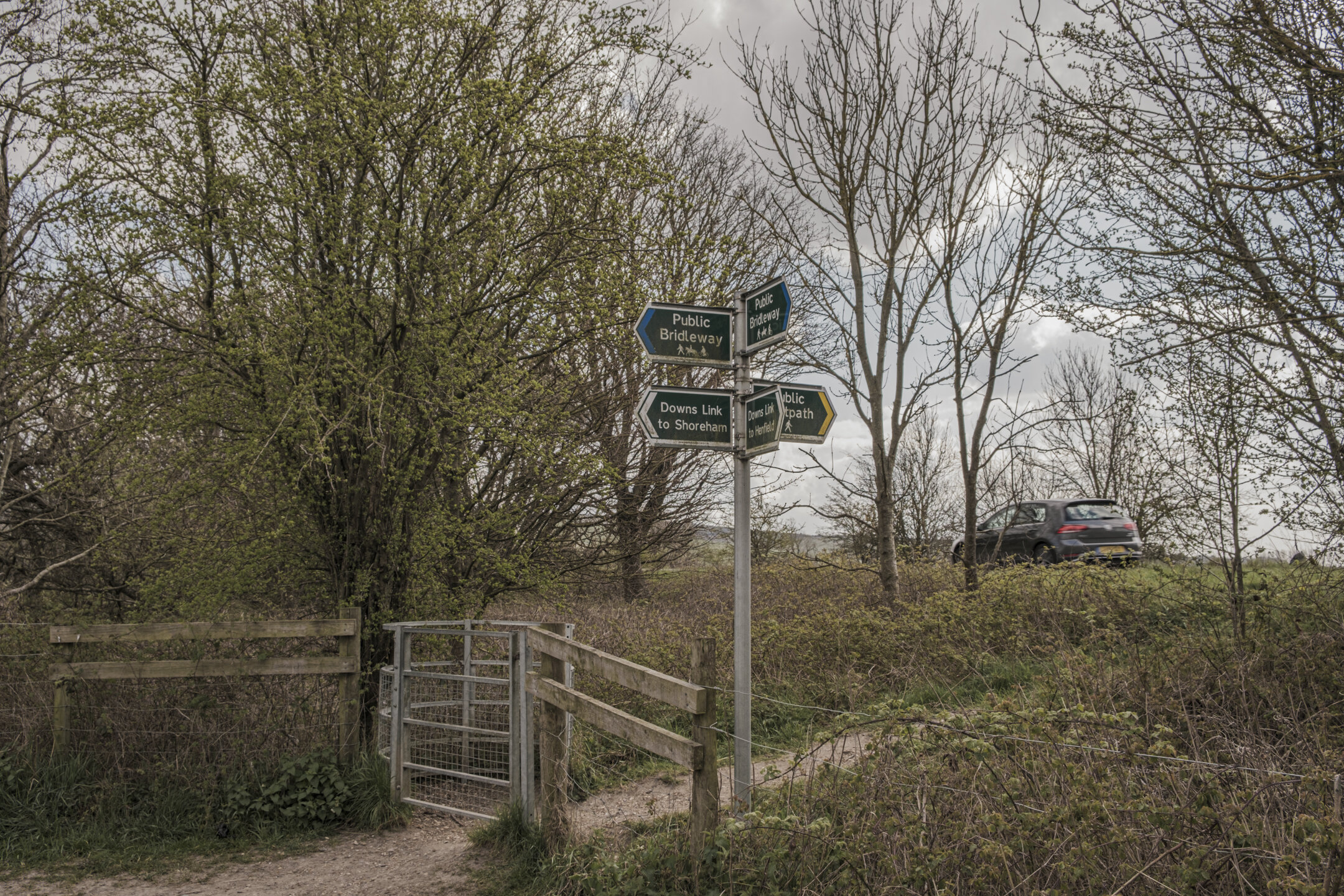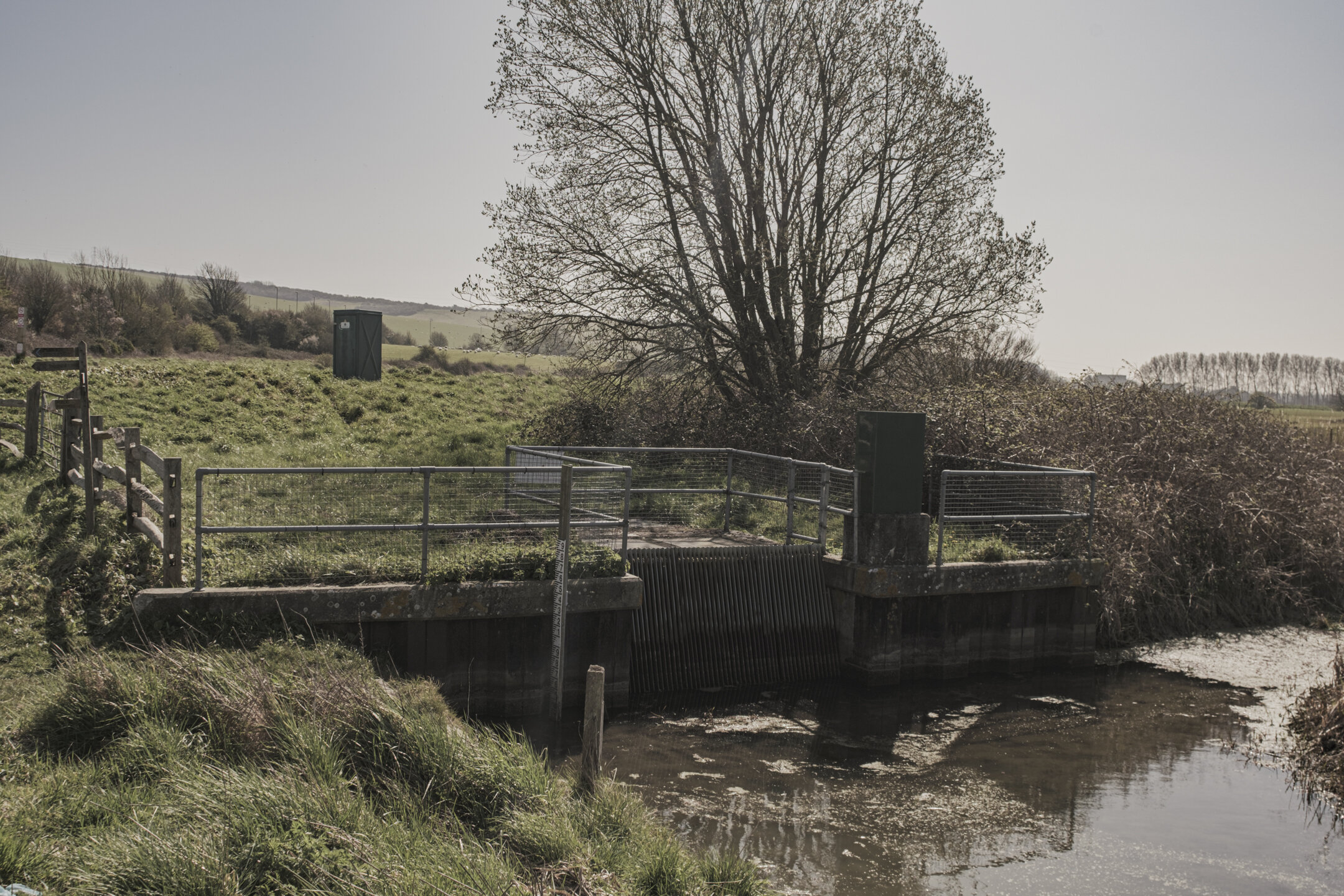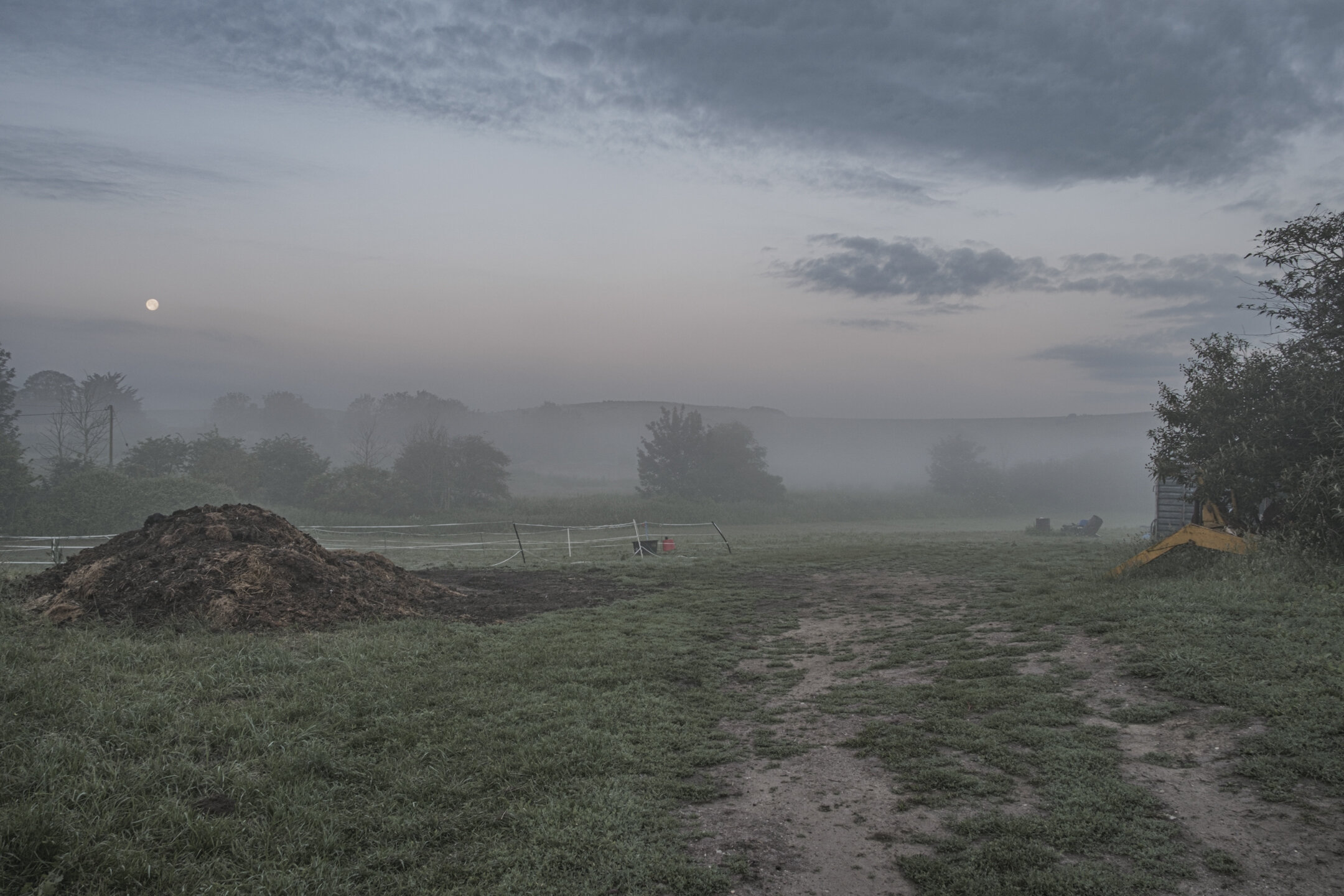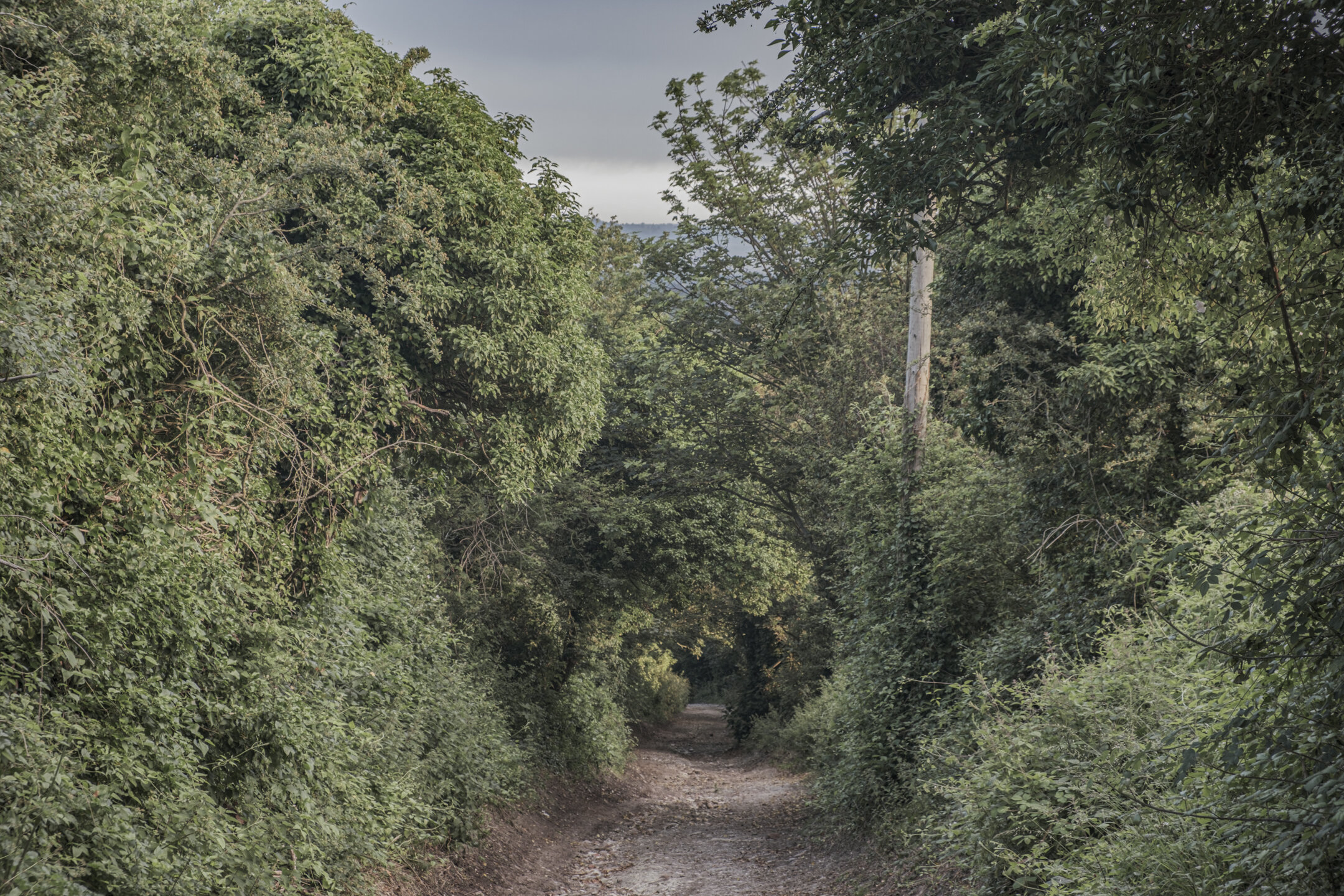Hinterland
Introduction
There is the perception that the rural landscape is totally different to the urban landscape, that there is a serenity, a calmness, open landscape to explore. This project is about challenging that misconception and exploring what the rural landscape is made of, how to navigate it and just how open it really is.
The area of landscape I chose to explore this project is that which surrounds me and has surrounded me from early childhood through the many years to the present day. Yet it is only now amid a worldwide crisis, that I notice the very things that I encountered as a child growing up and have remained a part of the landscape for many decades afterwards.
Artist Statement
The countryside is a very different environment to the urban areas that so many people reside in. Yet during the COVID crisis it is those very people that fled their urban landscape for the perceived freedom of the countryside, this supposed freedom is an illusion. Where in the urban landscape locked doors & gates, large buildings, street layouts, one-way systems control where people can go similar systems exist in the countryside. Fences (barbed-wire, electric), locked gates, designated public crossings (paths, bridleways, stiles, footbridges), these are all designed to manage and protect the environment as well as livestock and crops. To manage these vast areas of countryside signage, structures and other methods are employed to limit and direct people through the landscape, it is the man placed elements that are explored in this project – Hinterland.
Conclusions/Reflections
This project was started during the national lockdown in early 2021 though it isn’t about the lockdown.
I did have to retake some photographs because they weren’t quite right which wasn’t a problem, I reshot two and added a further three to make up my final selection of seventeen photographs to be presented as a body of work for this project.
There were two main challenges I had to overcome while making this project –
1. Research – Finding relevant photographers that I could relate this project to was quite a challenge, my solution was to find photographers that related to various parts of the project which has led to some interesting results. I eventually widened my search to include painters as landscape is an integral part of the work and there are quite a few landscape painters to choose from.
2. The edit – Sifting through a large number of photographs to put them into a refined presentable body of work has in the past been problematic for me. I decided there had to be a consistent path that a viewer could see and relate to, and the two I selected to be exhibited had to be the best examples of this consistency. In some cases, I had different viewpoints of the same subject so I had to choose what I saw as the best realisation of the project and set aside the “lesser ”versions and photographs that were weakest.
To conclude, I am fascinated by the documentary landscape style I have developed through the making of this project. This “style” is a welcome outcome and something I will develop further as I take what I have learned from making this project into future projects.
I was also surprised at just how much of my local landscape is either inaccessible due to human interference such as fence’s, gates, and other forms of restriction, the sheer amount of signage was something else I did not expect.
I am actually very pleased in how this project has developed, there were times when I wasn’t sure if I should expand the area of landscape I was investigating, but if I had I think it would have been a detriment to the intentions of the project diluting rather than enhancing the work.
I see this project as the staring point for something much deeper, it has put me on a path to want to explore this subject matter in much more detail which is why I intend to use it as a starting point for developing my application for a PhD.
